Here are eight traditional fishing boats to spot on your next British seaside outing.
Coble
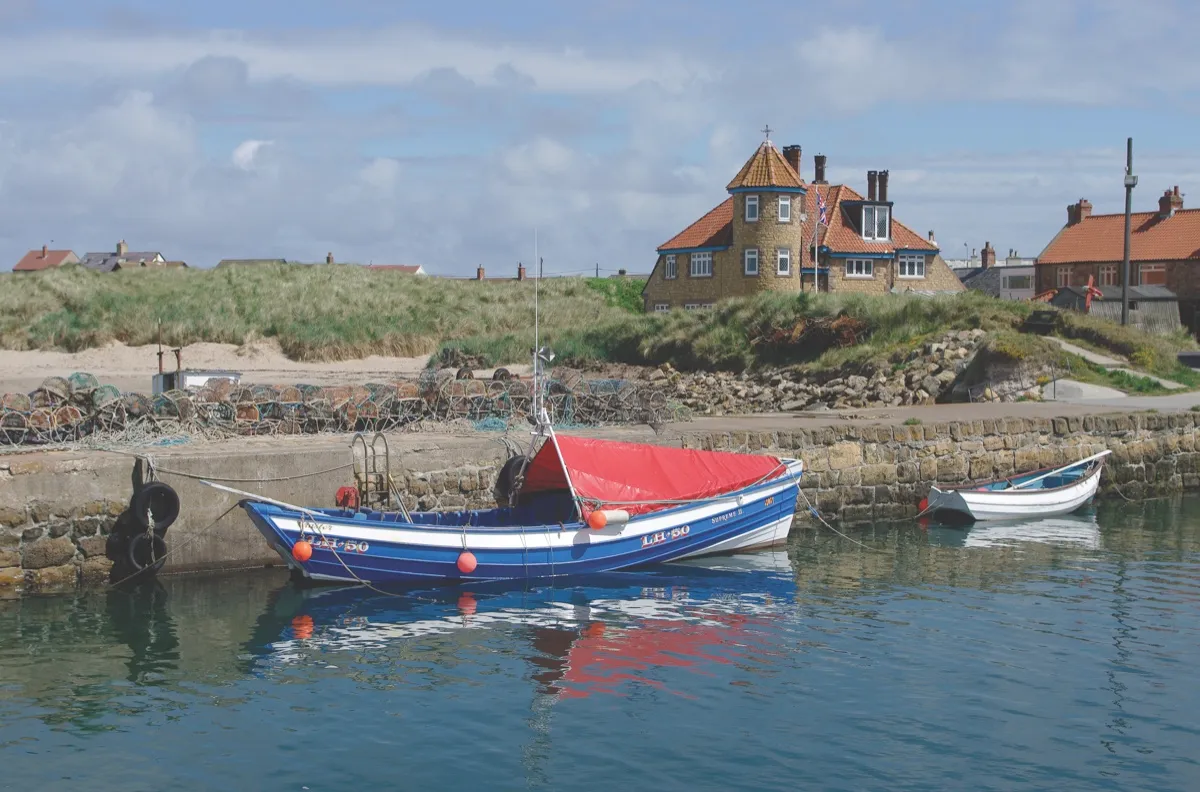
This open fishing boat found in the North East has a flat bottom and high bow for launching into the surf. A shallower, salmon-fishing boat later developed near Dundee.
Currach
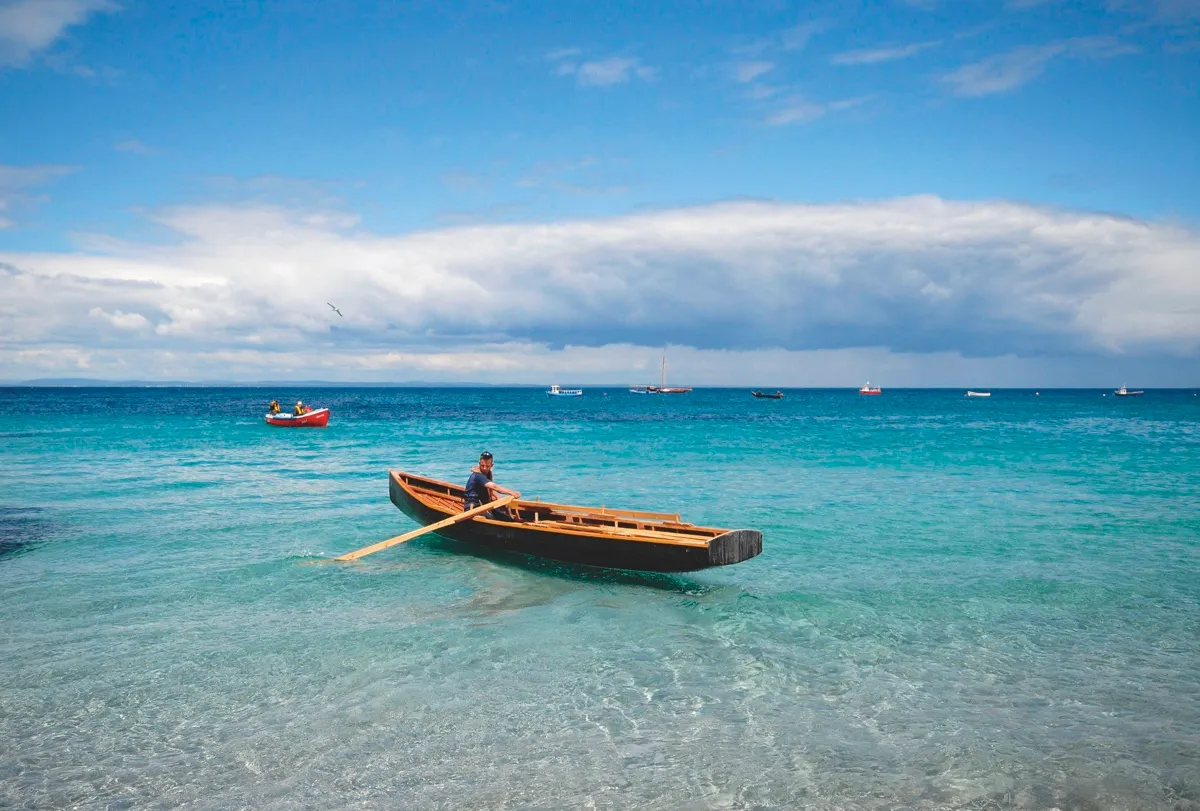
A small, curved rowing boat made of cured animal hide stretched over wooden slats and sealed with tar. Modern versions use canvas and resin and still fish off the Irish coast.
East Coast Smack
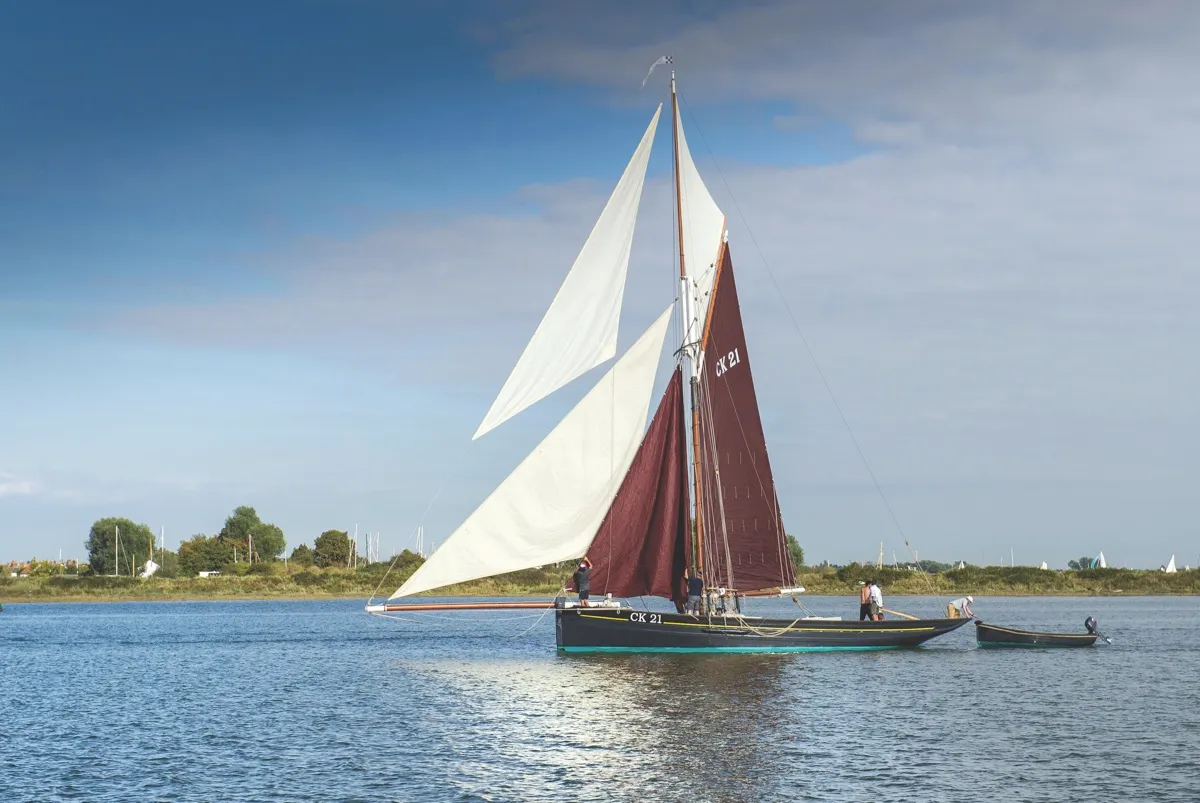
Its distinctive rust-coloured sails are coated in red ochre. For speed and ease of handling, these boats have multiple sails divided between one or two masts and a bowsprit.
Morecambe Bay Prawner
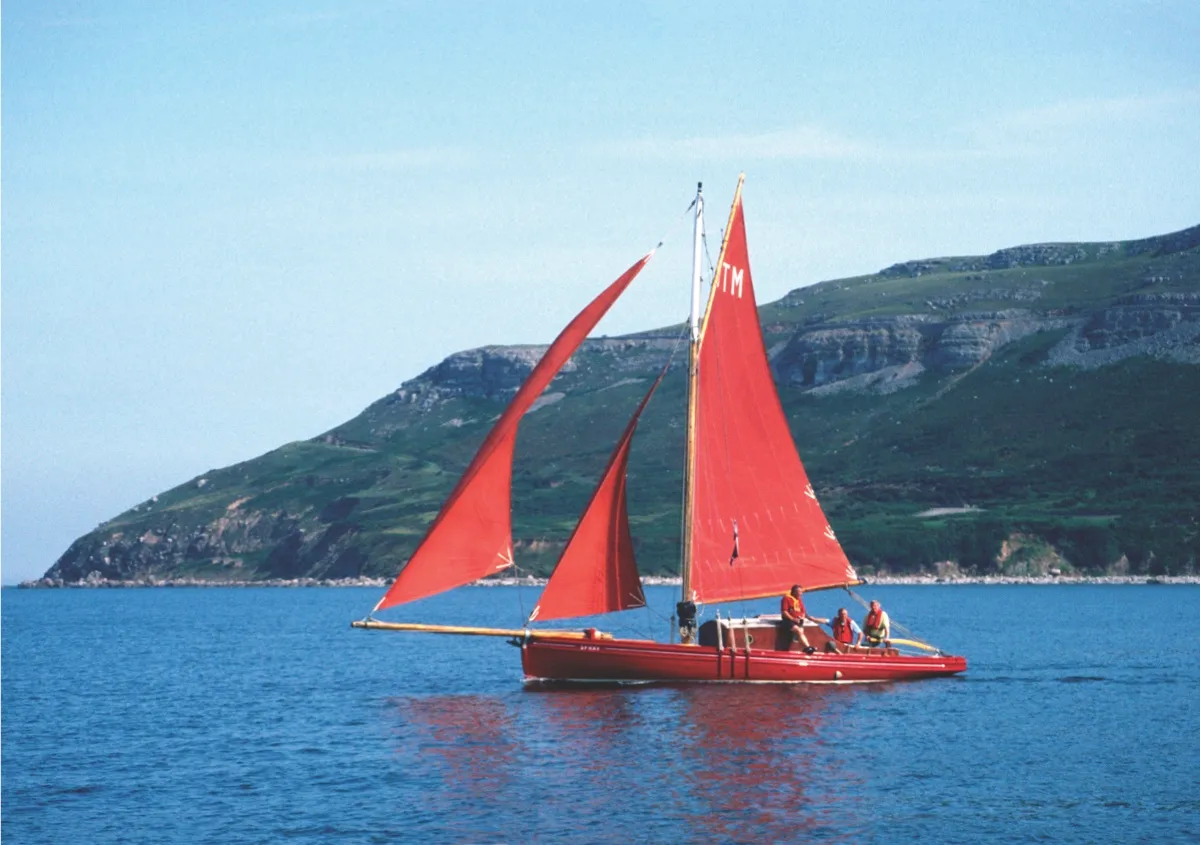
These gaff-riggers were built with cauldrons to boil shrimps at sea to sell to Victorian day-trippers. Made in Arnside, they’re now mostly found in Liverpool, Conwy and the Isle of Man.
Falmouth Working Boat
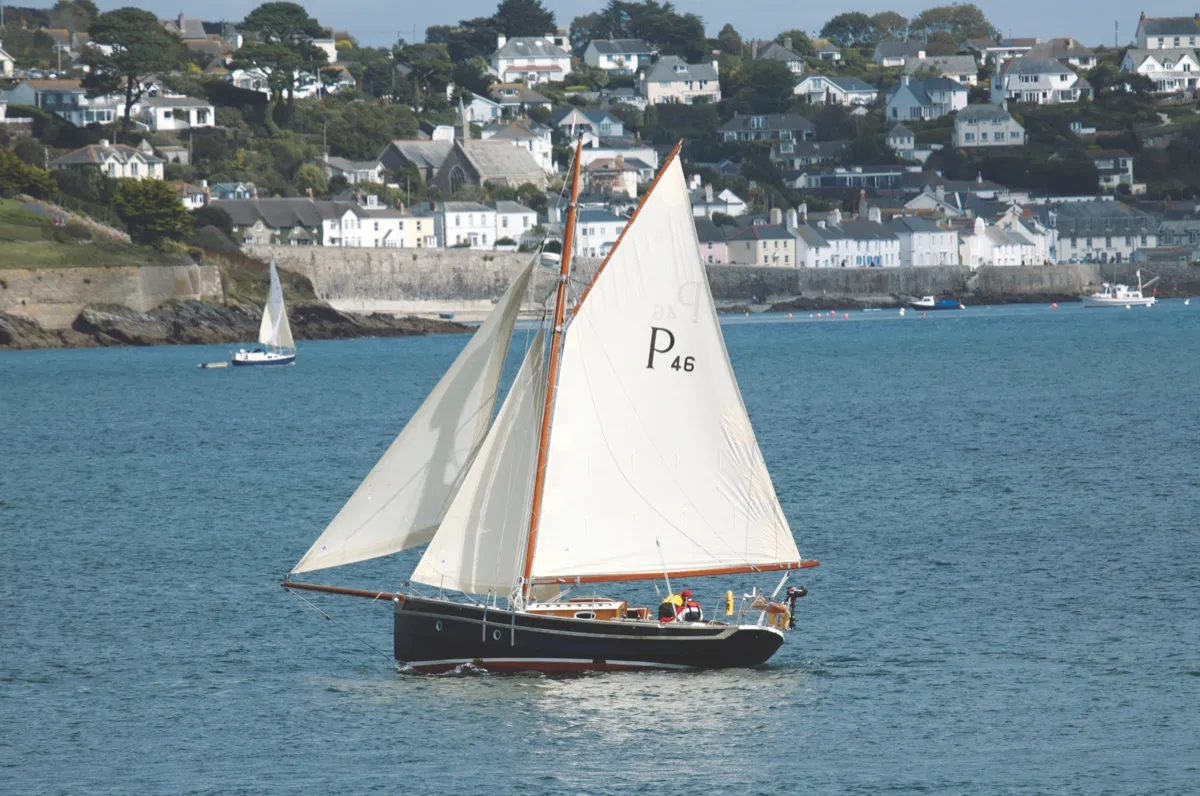
These cutters have changed little in 200 years thanks to a bylaw at Falmouth harbour prohibiting oyster dredging by mechanical means. Watch them in winter on the River Fal under sail and oar.
Fifie
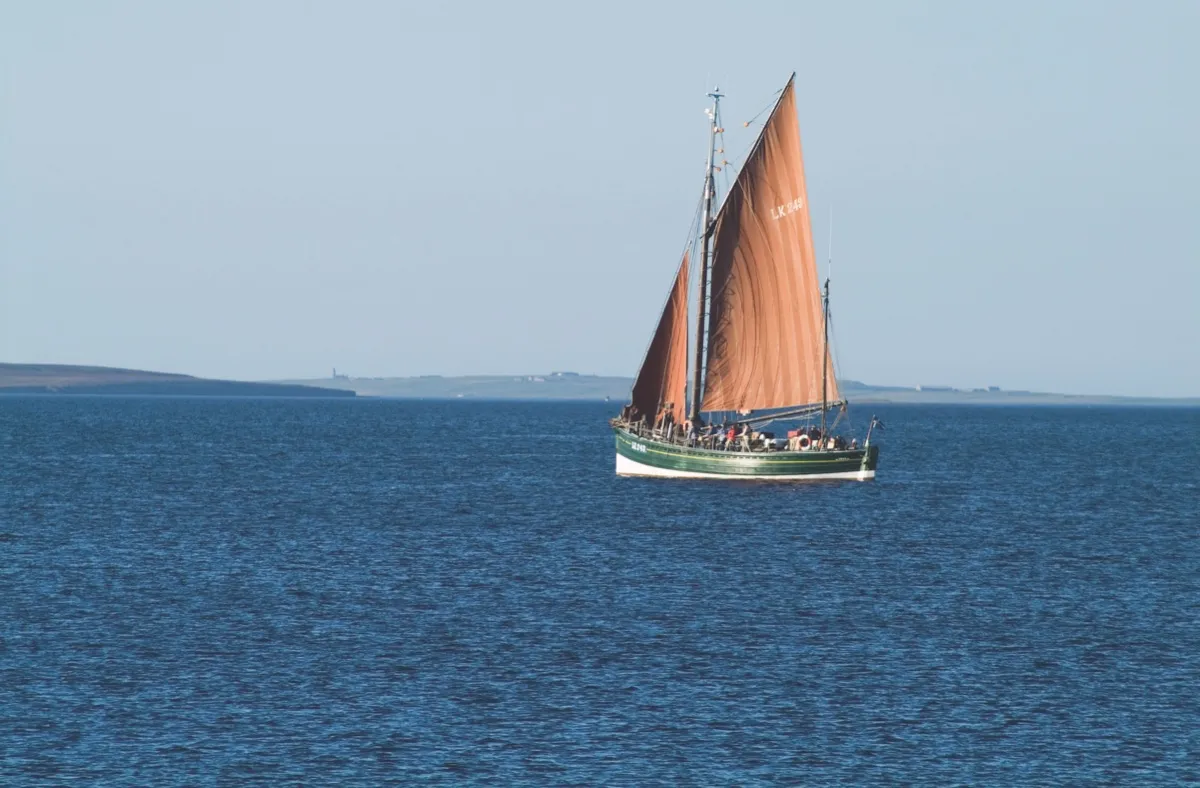
A herring drifter with a wide beam, two masts and a large working area amidships. Spot the Reaper sailing the North Coast or at its home in Fife’s Scottish Fisheries Museum.
Salcombe Yawl
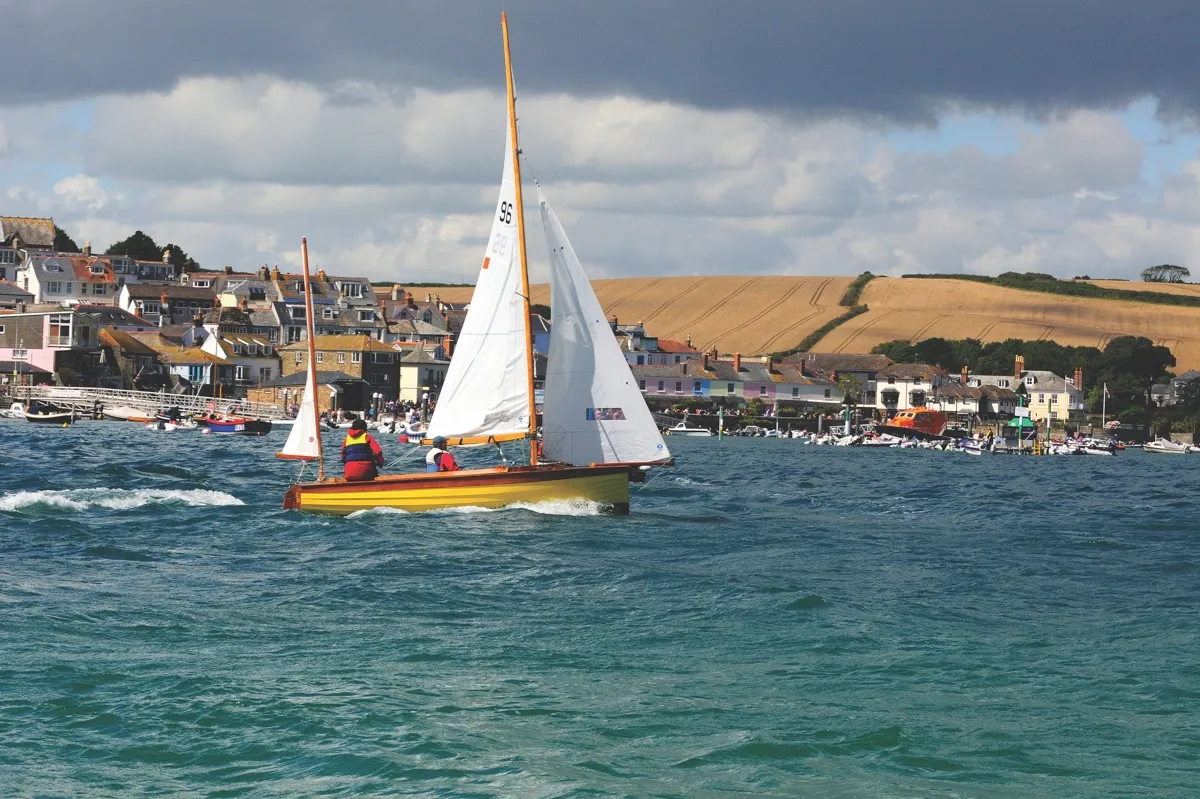
This sailing dinghy began life as a fishing boat with a broad stern for lobstering and a stumpy two-mast rig to sail the estuary against the tide. Today’s version has evolved for racing.
Somerset Flatner
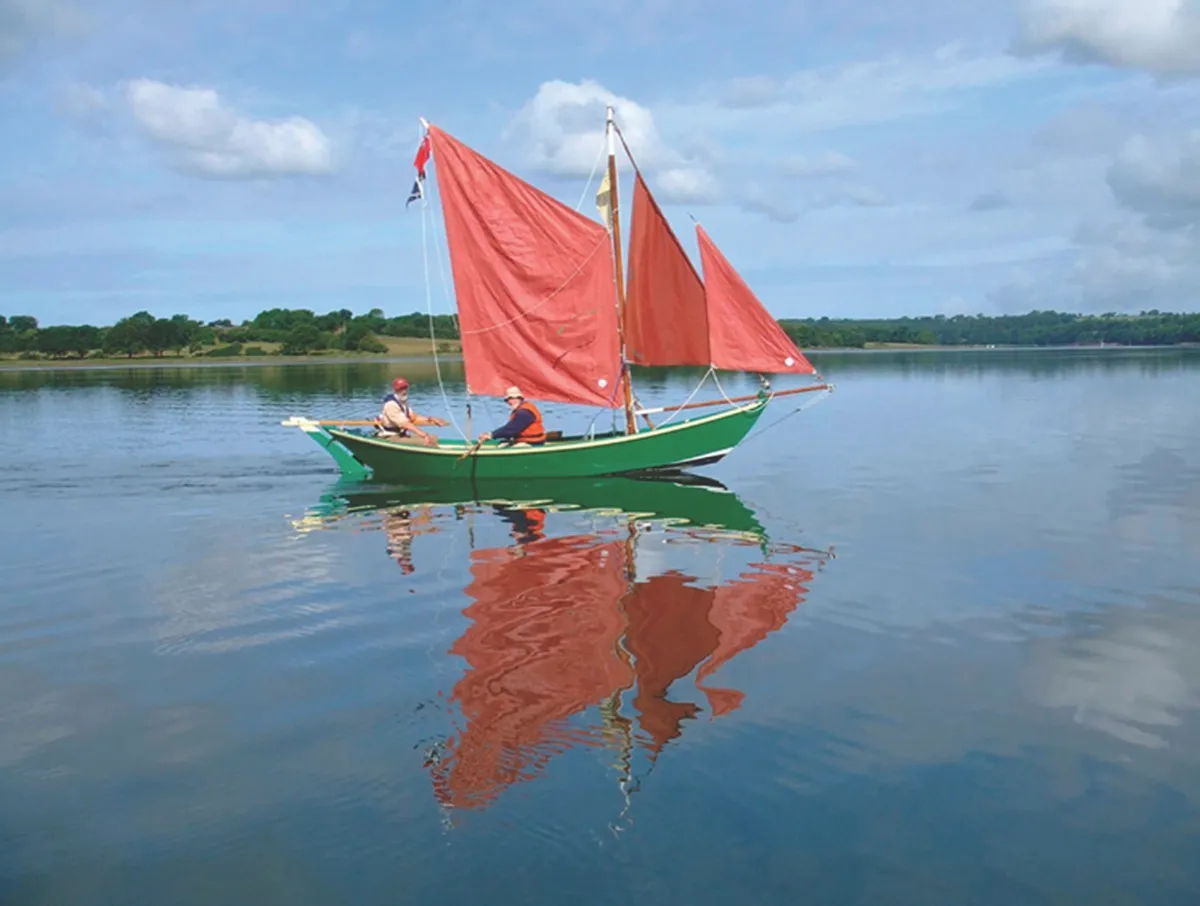
These flat-bottomed girls were built for salmon fishing in the tidal estuaries of Somerset and could be rowed or sailed. Designs vary but they all have longitudinal planked bottoms.

